The "Turtle Hospital" is part of the Dubai Turtle Rehabilitation Project based at the hotel
20 February 2019
| Last updated on 19 January 2020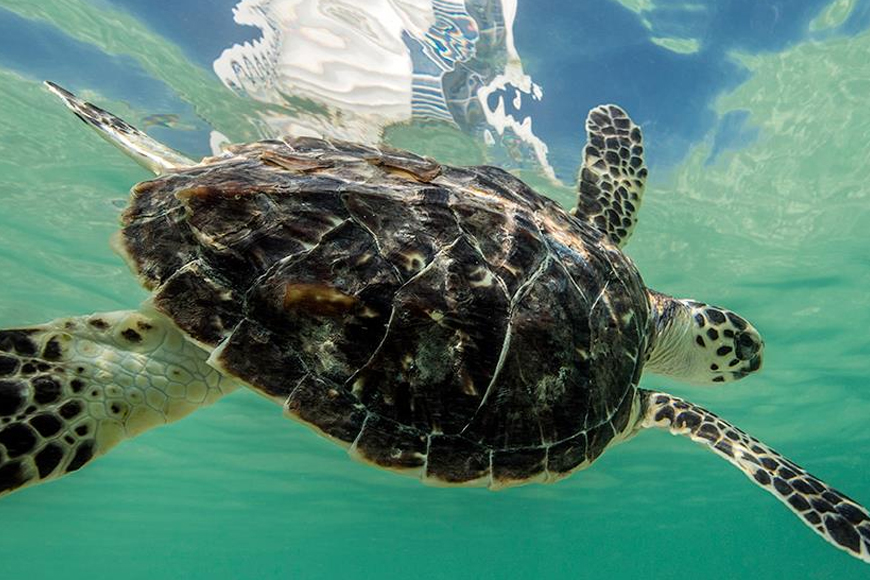
Over 1,600+ turtles have been saved thanks to the project...
Just a few yards away from visitors to Dubai's iconic hotel, there is a major campaign happening to protect one of the planet's most endangered marine species that few know about.
Beneath the luxurious furnishings of the hotel and its forecourt full of Rolls-Royce's, Burj Al Arab is actually home to a "Turtle Hospital". It's ran by the Dubai Turtle Rehabilitation Project (DTRP) and is made up of three huge aquariums, multiple tanks and different containers filled with turtles being nursed back to health.
Whether resident or visitor, here's everything you need to know about this impressive project...
About the Dubai Turtle Rehabilitation Project (DTRP)
The Dubai Turtle Rehabilitation Project (DTRP) is based at Burj Al Arab and Jumeirah Al Naseem, and is run in collaboration with Dubai's Wildlife Protection Office, with veterinary support from the Dubai Falcon Clinic and the Central Veterinary Research Laboratory.
SEE ALSO: Whale shark sightings in Dubai and what to do if you see one
The project was established in 2004 and is the only project of its kind in the Middle east. Since the beginning, DTRP has rescued and nurtured a total of 1,657 turtles so far - eventually realising them back into Dubai's waters healthy.
They have three main goals:
- Rescue, rehabilitate and release back into the wild any sea turtles that are found sick or injured throughout the region.
- Educate local children, citizens and international hotel guests about sea turtle biology and the local and global plight of the sea turtle.
- To understand the success of rehabilitation and to research turtle movements throughout the region and beyond via a satellite tracking initiative.

Credit: Dubai Turtle Rehabilitation Project
How DTRP help turtles in Dubai
Most if not all turtles in the DTRP facility were at one stage very sick or injured. A lot of the time, turtles are brought to the DTRP via Dubai's Wildlife Protection Office or to the aquarium team at Burj Al Arab directly by members of the public, where they're recovery is monitored closely.
Once the team is satisfied with their progress and condition, they're then transferred to the state-of-the-art Turtle Rehabilitation Sanctuary at Jumeirah Al Naseem. The sea-fed lagoon at the hotel, besides Burj Al Arab, allows the team to monitor the final stages of rehabilitation before they're released back into UAE territorial waters.
SEE ALSO: How to adopt a dog in Dubai
Visitors to Mina A'Salam hotel in the Madinat Jumeirah resort will also be familiar with the turtle sanctuary previously located here - but since the Jumeirah Al Naseem hotel opened, the turtles now have a massive area, divided into five sections, which allow for more intensive care of the individual species.
Nowadays, around 400 turtles are helped every year - a staggering increase compared to the 30 to 40 turtles that would be saved annually in the early days of the DTRP. Thankfully, this is due to an increased awareness of the need to help the endangered species.
It can take anywhere between three months to three years for the rehabilitation process. Just last year in November 2018, a 100-year-old warrior green turtle with 25 stitches was rehabilitated at the facility, and later released into the Arabian Gulf along with 52 other rescued youngsters.
The types of turtles in Dubai
There's a total of seven species of marine turtles that exist worldwide - and all are classed as vulnerable or endangered.
Just 3 types of turtles are found in the Arabian Gulf; hawksbill turtles, green turtles and loggerheads, who nest in and around the waters of Dubai and the UAE.
SEE ALSO: Rules and regulations for dog owners in Dubai
Hawskbills are the species most likely to be found in Dubai, but globally they are classes as "critically endangered", with an estimated 8,000 breeding females left in the world.
Most of them being cared for by the DTRP have all sorts of issues - including incrustation of barnacles, entanglement of fishing line, ingestion of foreign matter such as plastic bags and impact by boats.
Turtles are protected by law in the UAE
Many turtles are satellite tagged by the DTRP and aquarium team before they're returned to the ocean, so they can be monitored after their release.
What to do if you find a turtle in Dubai
If you ever come across a turtle in need, you should follow these steps...
- Unless it's a large female coming up to lay her eggs, any washed up turtle probably has something wrong - if it can swim away, then just leave it alone
- Depending on their size (most are around 8 inches long), pick them up and pop them somewhere safe out of direct sunlight with ambient temperature fresh water, and cover them with a wet towel
- Don't tamper with the shell - most of the time they're covered in barnacles, but removing them can be stressful and damaging to the turtle's shell
- Contact the team at the Dubai Turtle Rehabilitation Project by calling +971 4 301 7198, emailing [email protected] or by messaging their Facebook page at www.facebook.com/turtle.rehabilitation
- If able to, safely transport the turtle to the Burj Al Arab and hand over to their team - just make sure you call ahead first!




.png?itok=HBSyMDok)








































































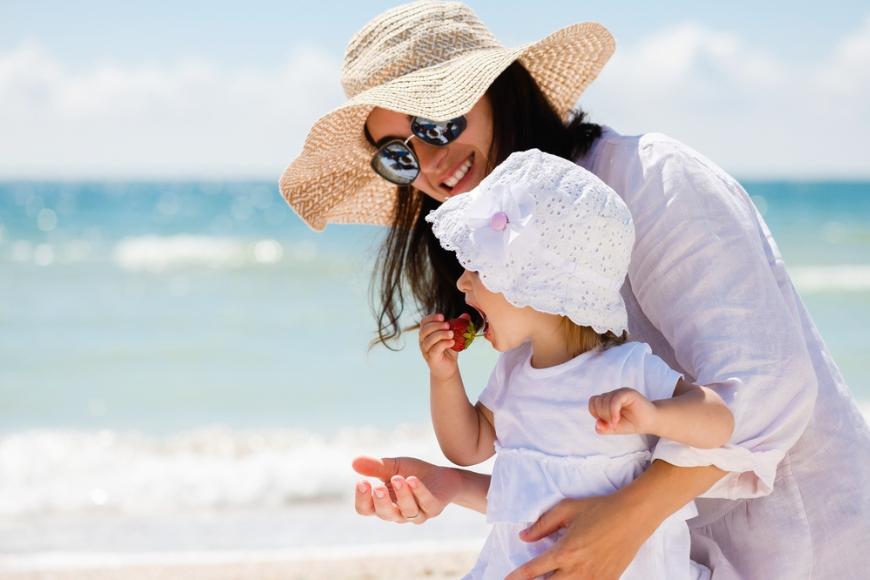
.png)
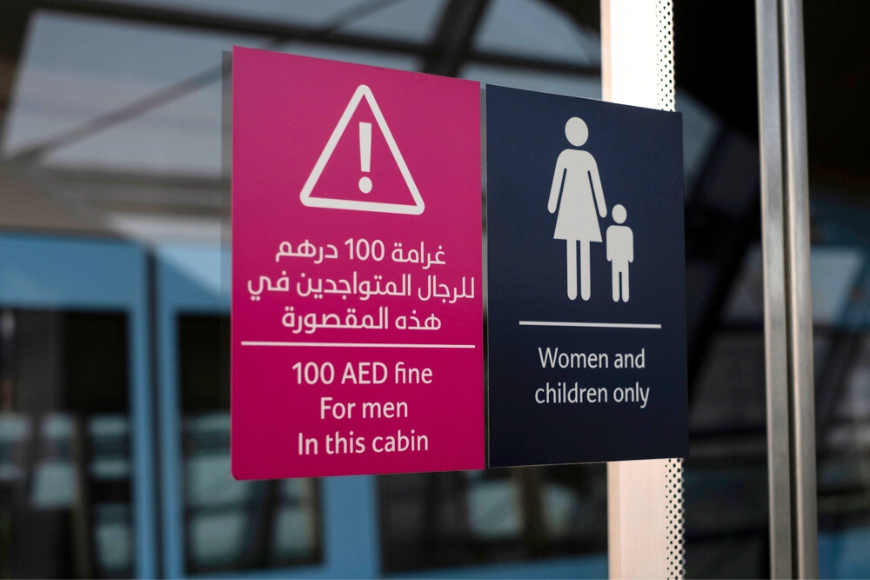
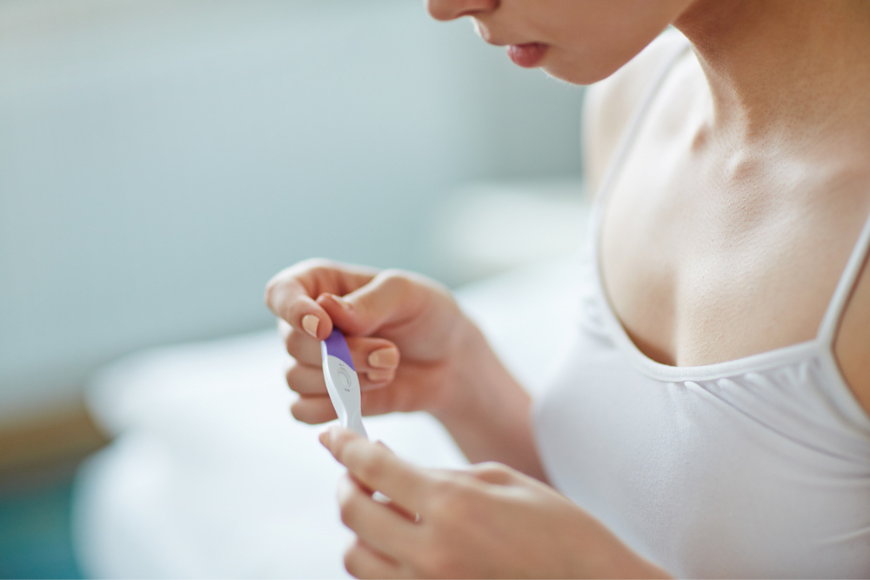



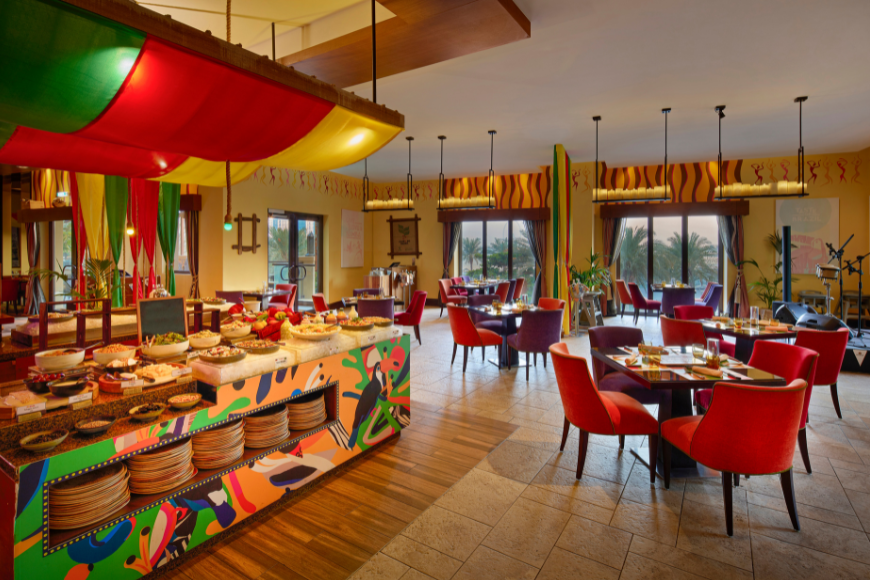
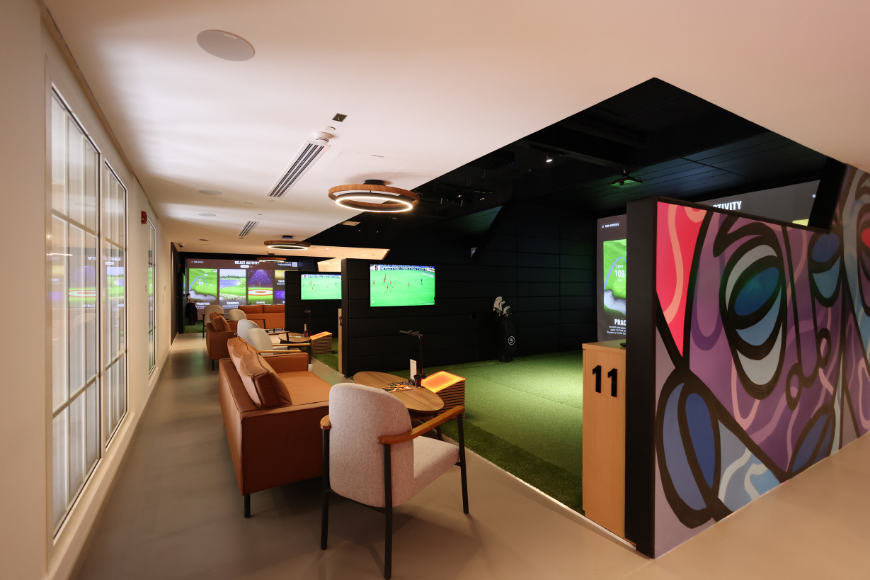
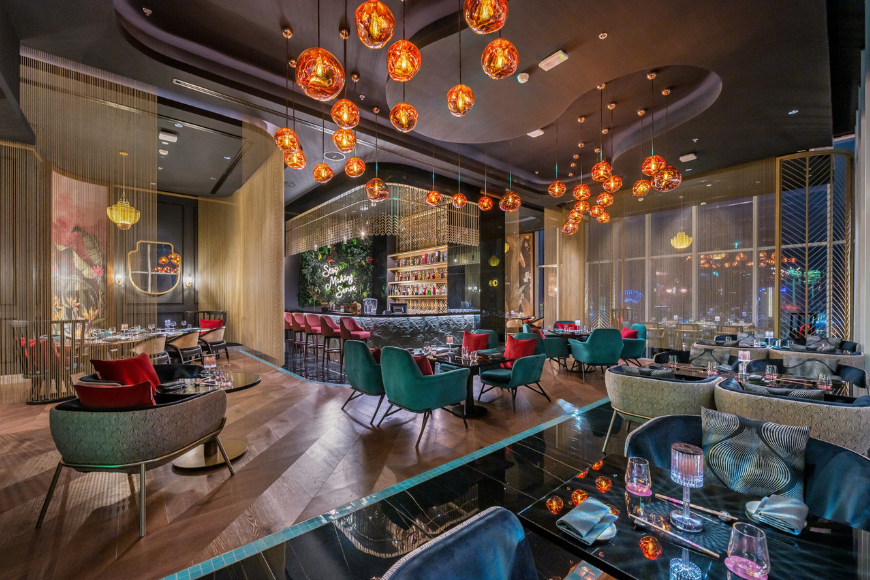




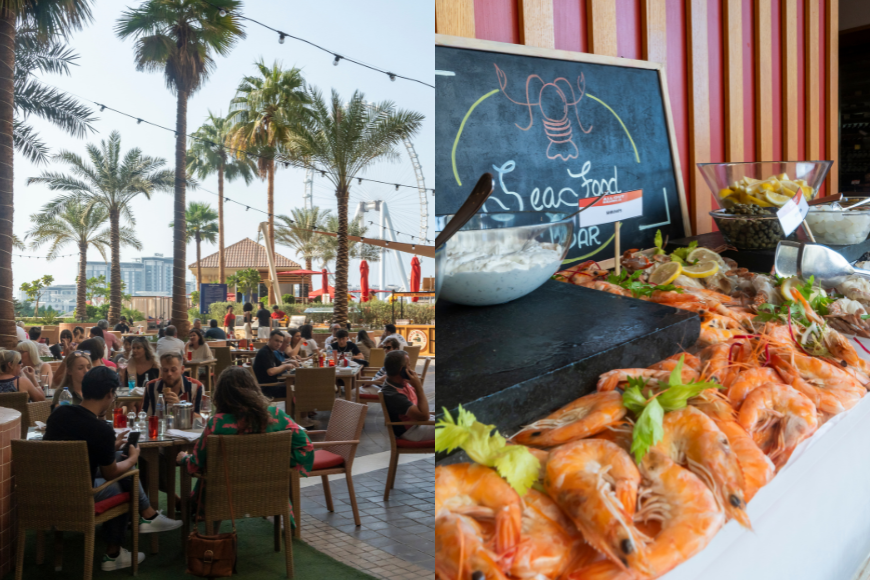













.png?itok=0fOAXkOm)

























.png?itok=EH_x0Pha)
